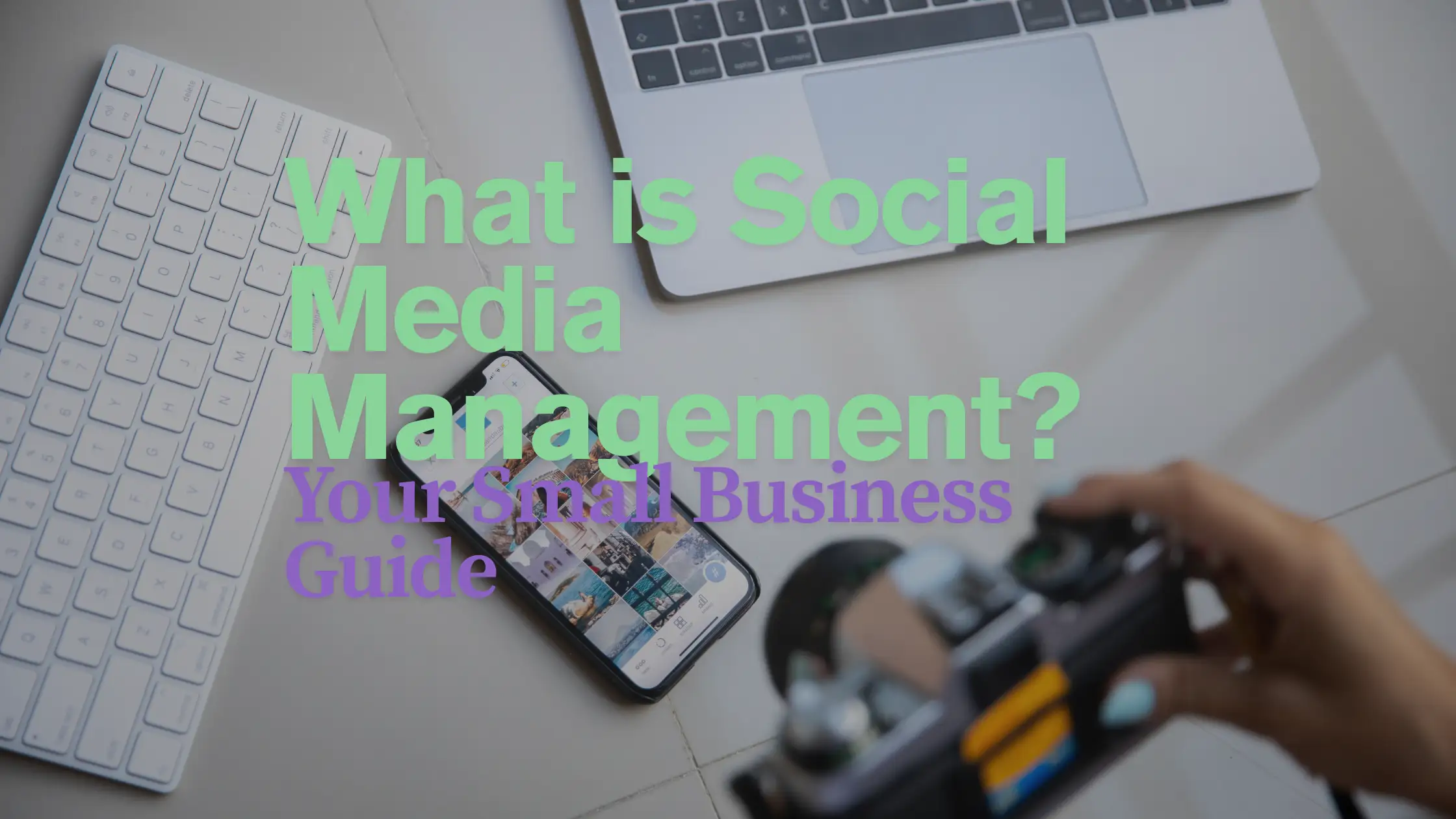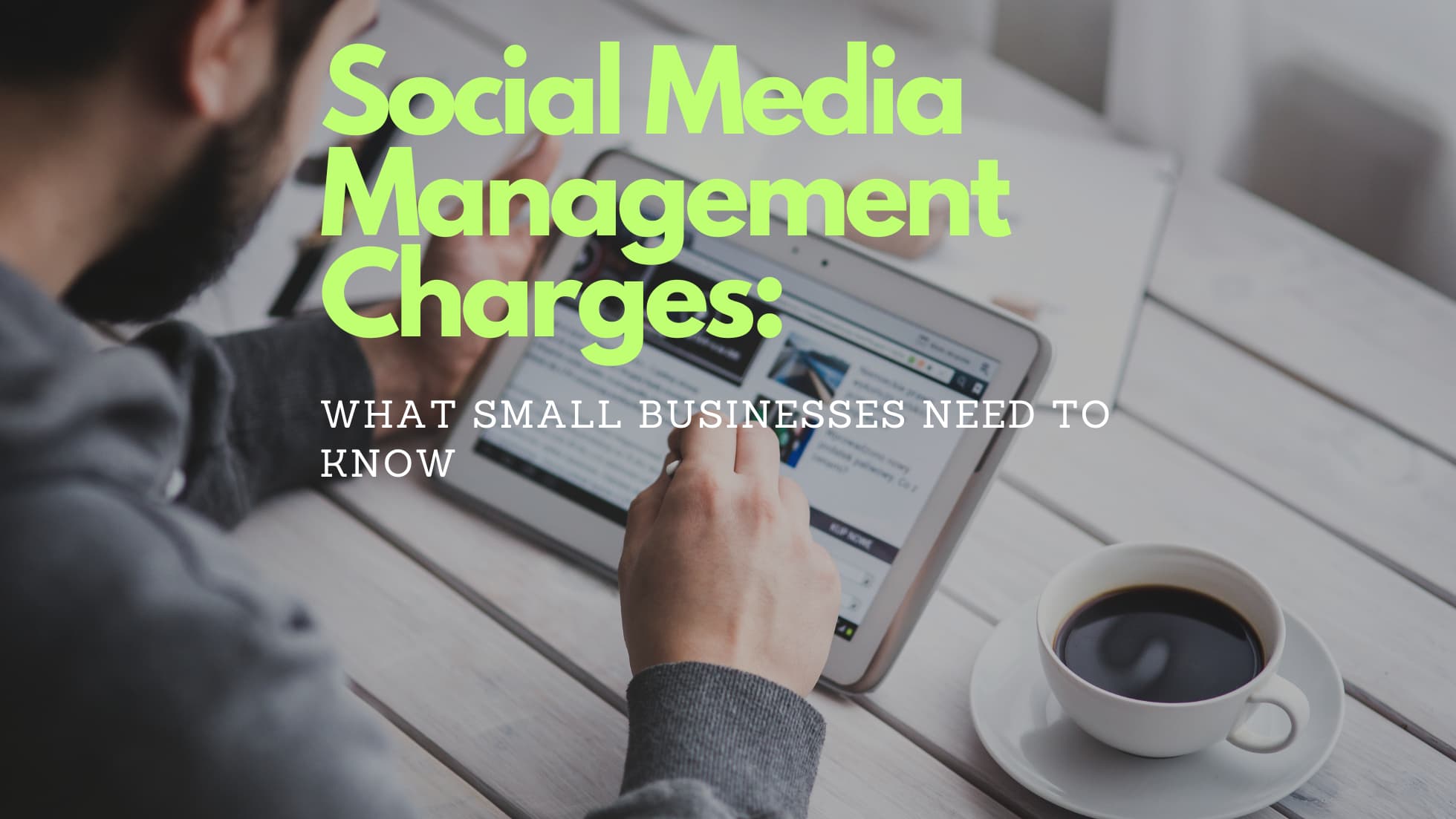Your phone buzzes. Another notification. Just like the 80 others your customers got today.
Social media used to be simple. Post something, get likes. Now? It’s a noisy mess where most small business posts get ignored completely.
We wrote this guide because we’re tired of seeing small businesses waste time on social media strategies that don’t work. No fancy marketing terms. No complicated systems. Busy owners need practical steps for social media to actually bring in customers, not just likes.
Understanding Social Media Management
Social media management means running your business accounts with clear purpose. It’s creating posts people actually care about, jumping into conversations, and figuring out what’s working—all tied directly to your business goals.
Core Components Explained
Four main areas make up social media management:
- Planning what you’ll post and why
- Creating content your audience wants
- Talking with followers
- Looking at results and making changes
Why Social Media Management Is relevant for Your Small Business
Small businesses win big on social media. You can reach thousands of potential customers without spending a fortune on ads.
Building Customer Relationships
When someone comments on your post, they’re starting a conversation. When you reply quickly, you build trust. These small interactions add up to loyal customers who choose you over competitors.
Increasing Brand Visibility
A single shared post can put your business in front of hundreds of new people. Each share acts like a personal recommendation from one customer to their friends.
Gathering Customer Insights
What posts get the most likes? Which products spark conversation? These clues tell you what your customers want, helping you make smarter business decisions.
Key Activities: What Does Managing Social Media Involve?
Strategy & Planning
Pick goals you can measure. Want more website visitors? More phone calls? More store visits? Know what success looks like for your business.
Please identify where your customers engage online. A local bakery might focus on Instagram, while a plumber might get better results on Facebook.
Content Creation & Publishing
Please share valuable information in addition to sales pitches. A garden center could post plant care tips. A tax service might share deadline reminders. Mix in photos of your team and behind-the-scenes glimpses to show the humans behind your business.
Engaging With Your Audience
Answer questions quickly. Thank people for positive comments. Fix problems when they come up. This type of action shows you care about customers, not just sales.
Monitoring & Measurement
Track numbers that matter to your goals. Don’t get lost counting likes if what you need is website visits. Use the data to do more of what works.
Reputation Management Basics
Handle complaints with grace. A thoughtful response to an unhappy customer shows everyone you take service seriously. Such behavior often turns critics into fans.
Getting Started: A Simple Step-by-Step Plan
Step 1: Know Who You’re Talking To
Stop trying to talk to everyone. Seriously. We see this mistake daily.
Think about your last 10 customers. What do they have in common? What motivated them to choose your business over the competitor nearby? This isn’t marketing fluff—it’s the difference between posts that are ignored and posts that make your phone ring.
Step 2: One Platform is Enough
Forget what that social media guru told you. You don’t need to be on every platform. We’ve seen plumbers waste months on TikTok when their customers were on Facebook the whole time. Accountants struggle with Instagram when LinkedIn was the answer.
Pick one platform. Master it. Then consider adding another if you have time.
Step 3: Set Up and Optimize Your Profiles
Nothing screams “we don’t care” like a half-finished social profile. Fill out everything. Use real photos, not stock images. Please ensure your phone number and hours are accurate. Please ensure that anyone viewing your profile can understand what you do within approximately three seconds.
Step 4: Create a Basic Content Plan
What are the top 5 questions customers always ask you? There’s your first month of content. Please ensure each question is answered clearly. Add a photo. Post it. No need to overthink this part—useful beats clever every time.
Step 5: Start Posting and Engaging
The biggest social media mistake? Waiting until you have the “perfect strategy.” Just start. Post something. Reply to comments. Follow similar businesses. Social media rewards action, not planning. You’ll learn more from two weeks of actual posting than from reading ten more guides.
Essential Strategies for Small Business Success
Listen Before You Speak
Pay attention to what people say about topics related to your business. This process gives you ideas for content they’ll actually care about.
Be Consistent, Not Perfect
Show up regularly. Three average posts each week beat one “perfect” post a month. Your audience needs to see you consistently to remember you exist.
Build a Community
Ask questions in your posts. Respond when people comment. Tag customers (with permission). These actions turn followers into an active community that supports your business.
Consider Simple Paid Promotion
Even $5 behind an important post can put it in front of the right people. Start small with boosted posts before trying complex ad campaigns.
Tools That Help (Without Breaking the Bank)
Why Tools Are Useful for Small Businesses
The right tools save you time. Please consider scheduling a week’s posts in one sitting. Respond to messages from different platforms in one place. Get basic stats without becoming an analyst.
Types of Tools to Look For
Look for tools that let you schedule posts, manage messages, and track basic metrics. Many offer free plans for small businesses. Some now use AI to help create content and suggest optimal posting times.
Measuring Your Social Media Efforts
What to Track
Focus on engagement (comments, shares), reach (how many people saw your posts), and actions (clicked your link, called your business). These show if your content connects with real people.
Connecting Social to Business Goals
Ask new customers how they found you. Set up tracking links for your social posts. These steps help you see how social media brings in real business.
Conclusion: Putting It All Together
We’ve seen hundreds of small businesses at MAG Rocket Socials struggle with social media. They post regularly but hear crickets. The truth? Social media works when you have a plan behind it.
Start small. Pick one platform. Post content your customers actually need. Respond quickly when they engage. Track what brings in real business, not just likes.
Need a hand? We’re a quick call away. Drop by our site for a free strategy session. We’ll look at your current social media, point out what’s working, and show you how to fix what isn’t, no sales pitch, just practical fixes you can implement right away.



